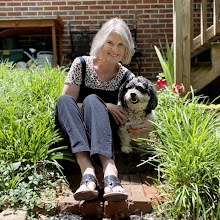Wikis have been a part of my classroom environment for about a year now. I have found them to be tremendously useful and suprisingly flexible in their application to teaching and learning about the social studies in our non-traditional environment.
The primary purpose of those I've created to date has been as a course platform; a place for students to come for course content, project information and suggested links. I'd like very much to broaden their use to include student-created pages and collaborative learning environments.
I did examine many of the wikis shared on the K12Learning2.0 site, and gleaned many great ideas for the future of my own as well as my students' use of wikis in our courses. Here are a few:
- The Holocaust Wiki Project is a wonderful example of students collaborating on a project to describe experiences and decision-making in an often misunderstood period of world history. Groups of students begin by creating an historically accurate family unit in a country or region significantly impacted by this tragic era, then follow their course through a series of decisions, even intersecting with the lives of other groups' created family units. It is beautifully done (though not as colorful as I'd like) relatively easy to follow, and neat in its presentation.
- Welker's Wikinomics is similar to my own wiki in that it serves as a course platform but he has opened it up, wikistyle, to collaboration and addition by students and teachers outside his own school. The benefit, I believe, is that the site becomes a better resource, reflecting and serving the needs of a broader audience.
- My favorite is Great Debate of 2008, a student-created wiki, open to learners beyond the walls of the creator's own school, allowing students in grades 8-12 the opportunity to explore and discuss the candidates' positions on key issues affecting our country as we approach this year's presidential election. I was especially impressed by the thoroughness of several contributions and plan to share this with my own American Government students!





